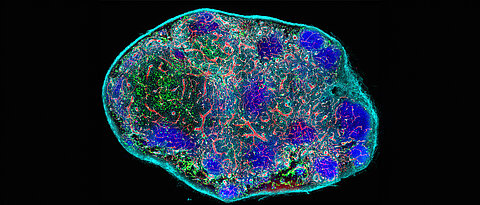
A team at the University of Würzburg led by systems immunologist Wolfgang Kastenmüller has received a grant of around 440,000 euros from the German Research Foundation (DFG) for research into dendritic cells.
more
A team at the University of Würzburg led by systems immunologist Wolfgang Kastenmüller has received a grant of around 440,000 euros from the German Research Foundation (DFG) for research into dendritic cells.
more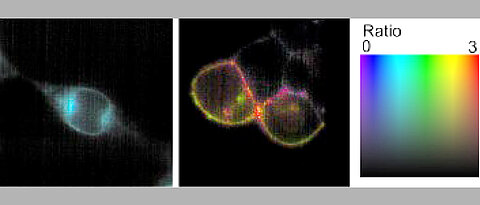
In order for immune cells to do their job, they need to know against whom they should direct their attack. Research teams at the University of Würzburg have identified new details in this process.
more
Margret Wintermantel will remain Chairwoman of the University Council of the University of Würzburg. And the current Vice-Presidents have also been re-elected for a second term of office.
more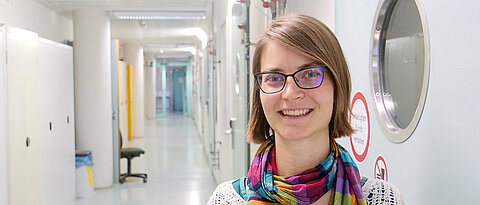
How do flies and ants find their way? Neuroscientist Hannah Haberkern is investigating this question with a new Emmy Noether independent junior research group. To do this, she has moved from the USA to Würzburg.
more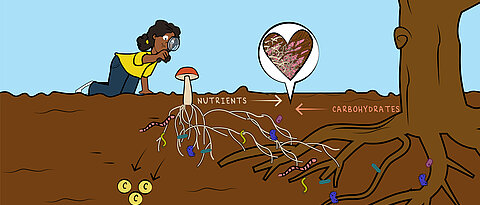
Inspiring children around the globe to learn about soil diversity - that is the aim of an initiative launched by Malte Jochum, an ecologist at the University of Würzburg.
more
Good news for researchers working with high-resolution fluorescence microscopy: Biocompatible molecular rulers are available for the first time to calibrate the latest super-resolution microscopy methods.
more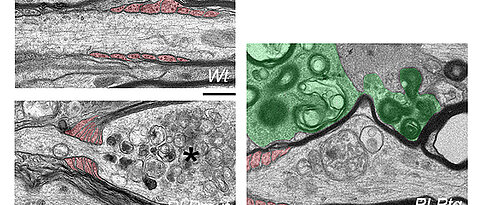
Efficient removal of abnormal myelin allows survival of nerve fibers targeted by adaptive immune cells, according to a novel study by scientists of the University Hospital Würzburg.
more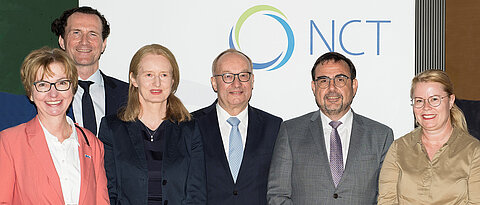
Setting a new standard in clinical cancer research – that is the goal of Bavarian researchers within the WERA alliance. As of today, the alliance is part of the National Centre for Tumour Diseases (NCT).
more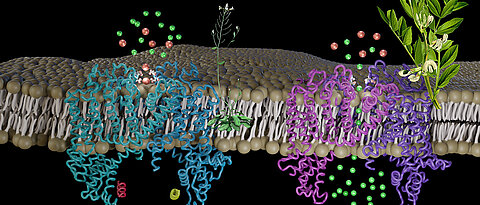
Plants in which an ion channel of the vacuole is hyperactive are extremely stressed and grow poorly. But the broad bean is an exception, as Würzburg researchers have discovered.
more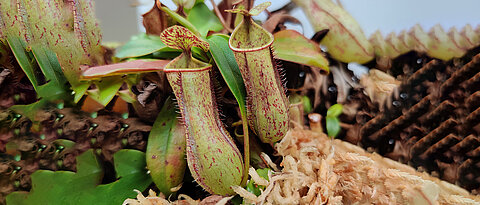
A new study by Würzburg botanist Kenji Fukushima shows the role of subgenome dominance for plants in the evolutionary development of special traits, such as a carnivorous lifestyle.
more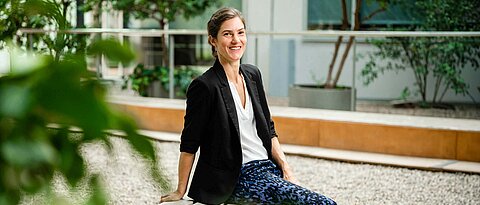
Physicist Elena Hassinger has been awarded an ERC Consolidator Grant for her research on superconductors. Hassinger is part of the Würzburg-Dresden Cluster of Excellence ct.qmat.
more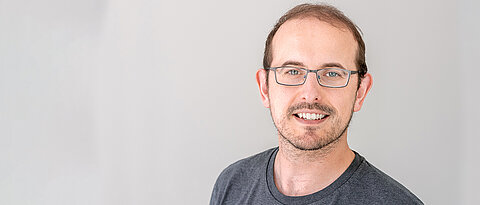
José Pedro Friedmann Angeli has been awarded a European research prize worth two million euros. With his work, the Würzburg professor wants to contribute to innovative therapies against cancer.
more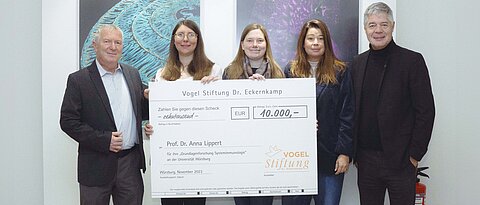
Junior Professor Anna Lippert from the Institute of Systems Immunology at the University of Würzburg is receiving EUR 10,000 from the Vogel Foundation Dr Eckernkamp to support her research.
more
Why do students go abroad for a semester or take part in international conferences? A study by the University of Würzburg has investigated this. The results provide recommendations for an internationalisation strategy.
more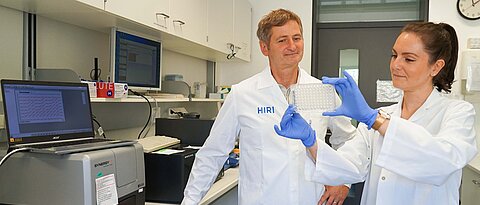
Because conventional antibiotics are increasingly failing, researchers at the Helmholtz Institute in Würzburg are looking for new solutions.
more